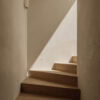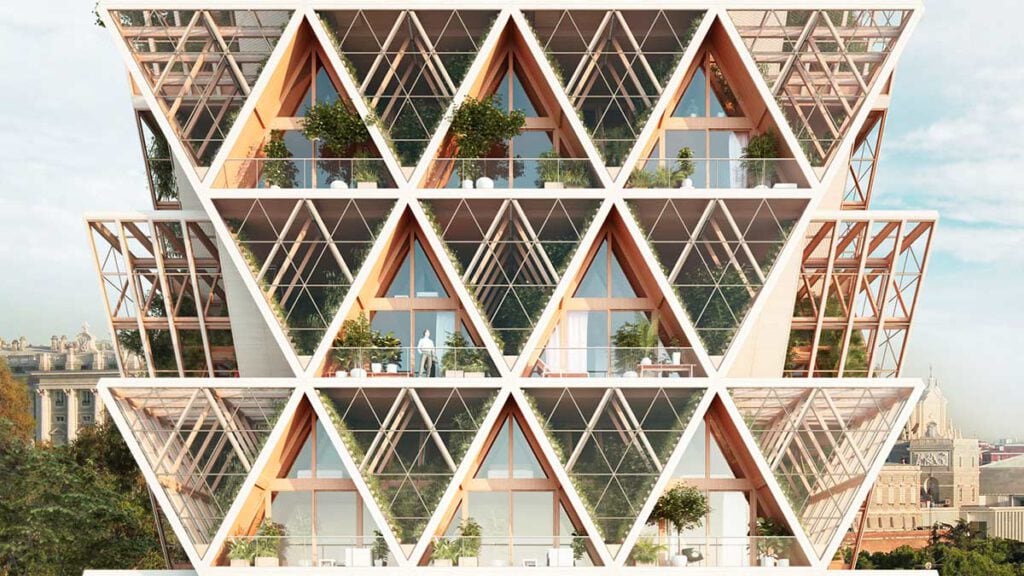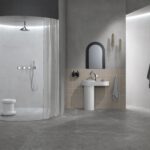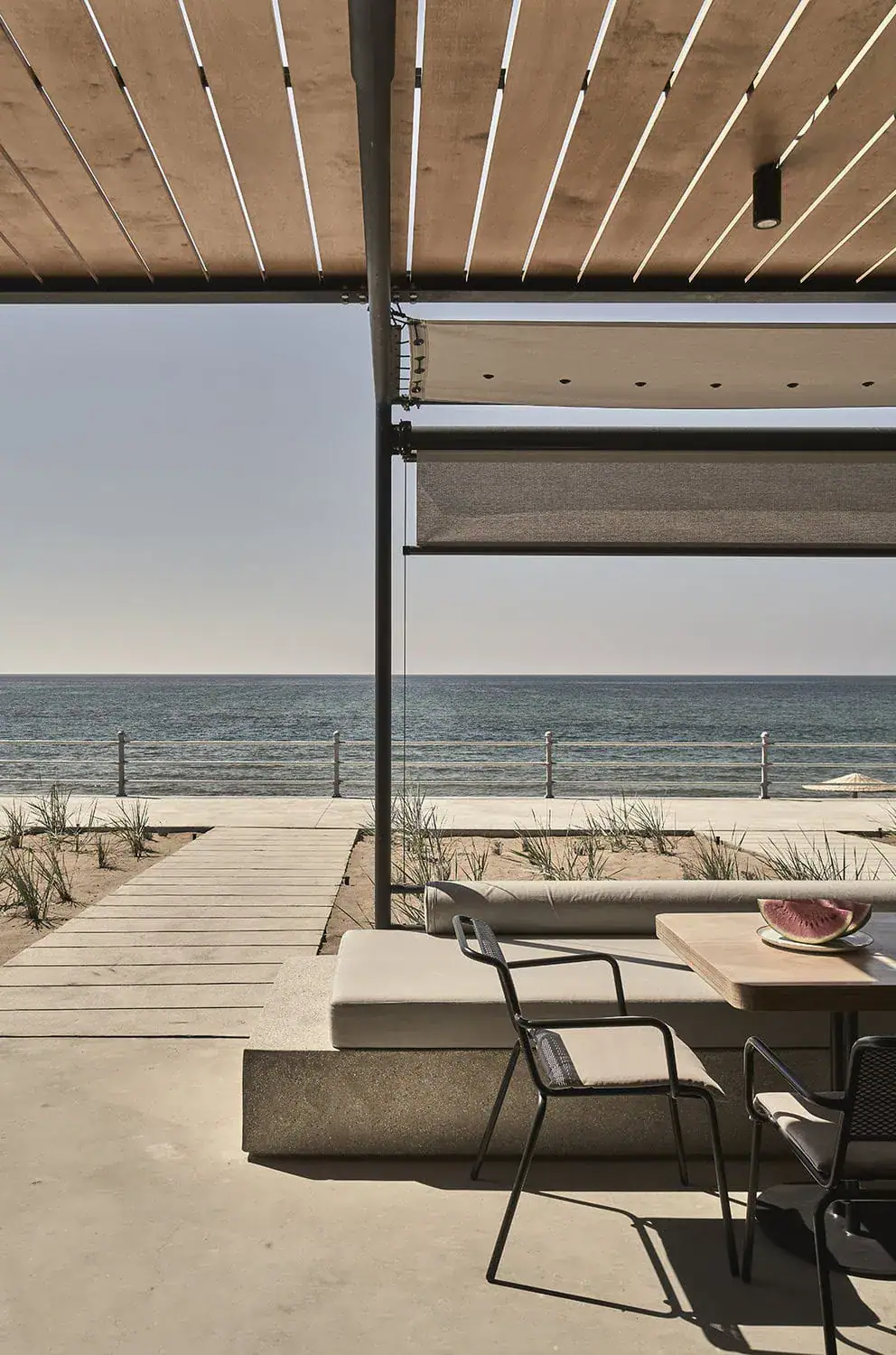Self-sufficiency is no longer a dream reserved for downshifters. The modular building system named The Farmhouse designed by Studio Precht allows residents to grow food in big cities.
“Since the industrial revolution, we have grown apart from our food and that has had a harmful effect on the health of people and the health of our environment” – the founders of Studio Precht architects Chris and Fei Precht see themselves as heading a new cluster of architects who are refusing to accept the status quo. Specifically, the Prechts have produced designs for an urban development model called The Farmhouse. Their idea uses stacked gardens that enable people to grow their own food despite living in cities.
You could also call it urban farming for the sophisticated. Or vertical allotments. At any rate, their concept adopts the approach taken by the garden cities of the past. And suitably modifies it in line with the technological and structural possibilities available in our current times.
It started with a tent
Although the garden city model and Vienna settlement movement from the 1920s pursued similar objectives, they used too much land. At least for today’s requirements. In contrast, The Farmhouse is based on a modular style of construction suitable for urban areas. The individual modules can be stacked on top of each other to construct high-rise models. Somehow the images remind you of the elaborate creations that are built using Kapla planks.
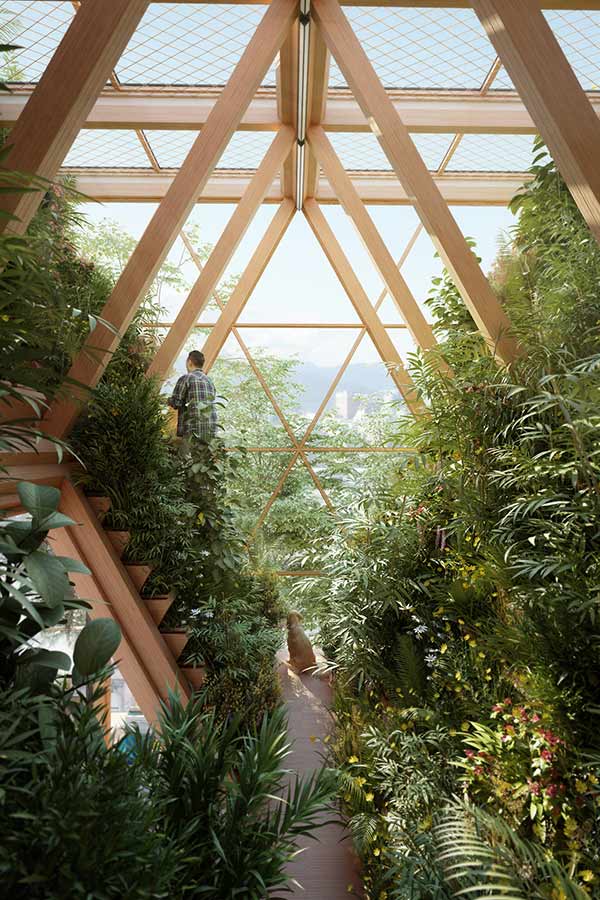
Each module has the basic shape of a triangle. In fact, the Austrian-Chinese architects describe this smallest nucleus in their architectural system as “a tent that is surrounded by nature”. Under the gables, the couple have designed living space – with stepped vertical farms for fruit and vegetables in the inverse spaces.
A tent that is surrounded by nature.
Precht Architects
It all creates the appearance of a house of cards. But the design doesn’t just play with shapes, it is also extremely functional. “The angled walls give space for gardening on their outside and create a V-shaped buffer zone between the apartments,” they say. “This also lets natural ventilation and natural light into the building.”
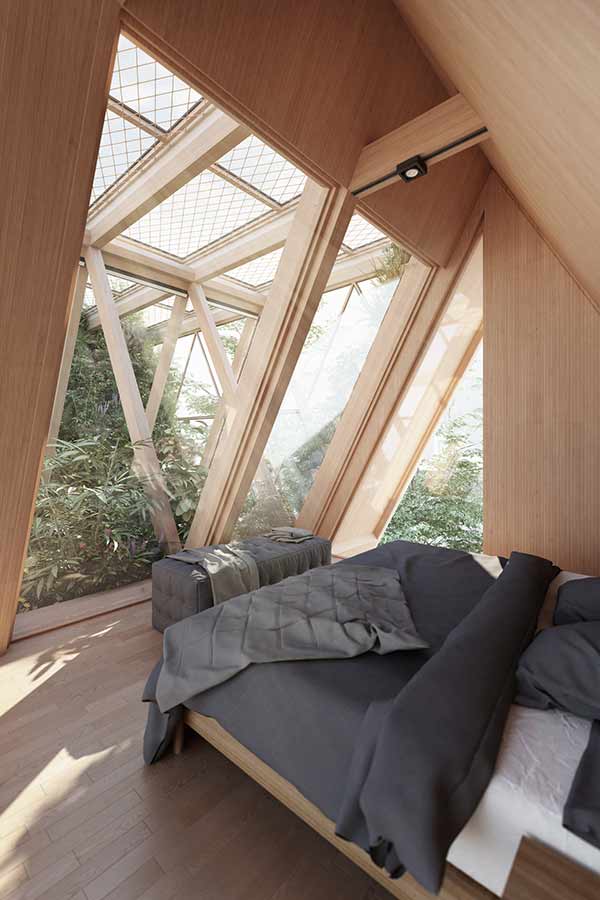
The circle of life
The Farmhouse consciously aims to distance itself from concrete landscapes and instead to create a direct connection with natural surroundings. However, the ecological aspects of this residential building are not merely restricted to allowing people to grow their own food. “Our Farmhouse runs on an organic life cycle of by-products inside the building, where one process’s output is another process’s input,” say the architects.
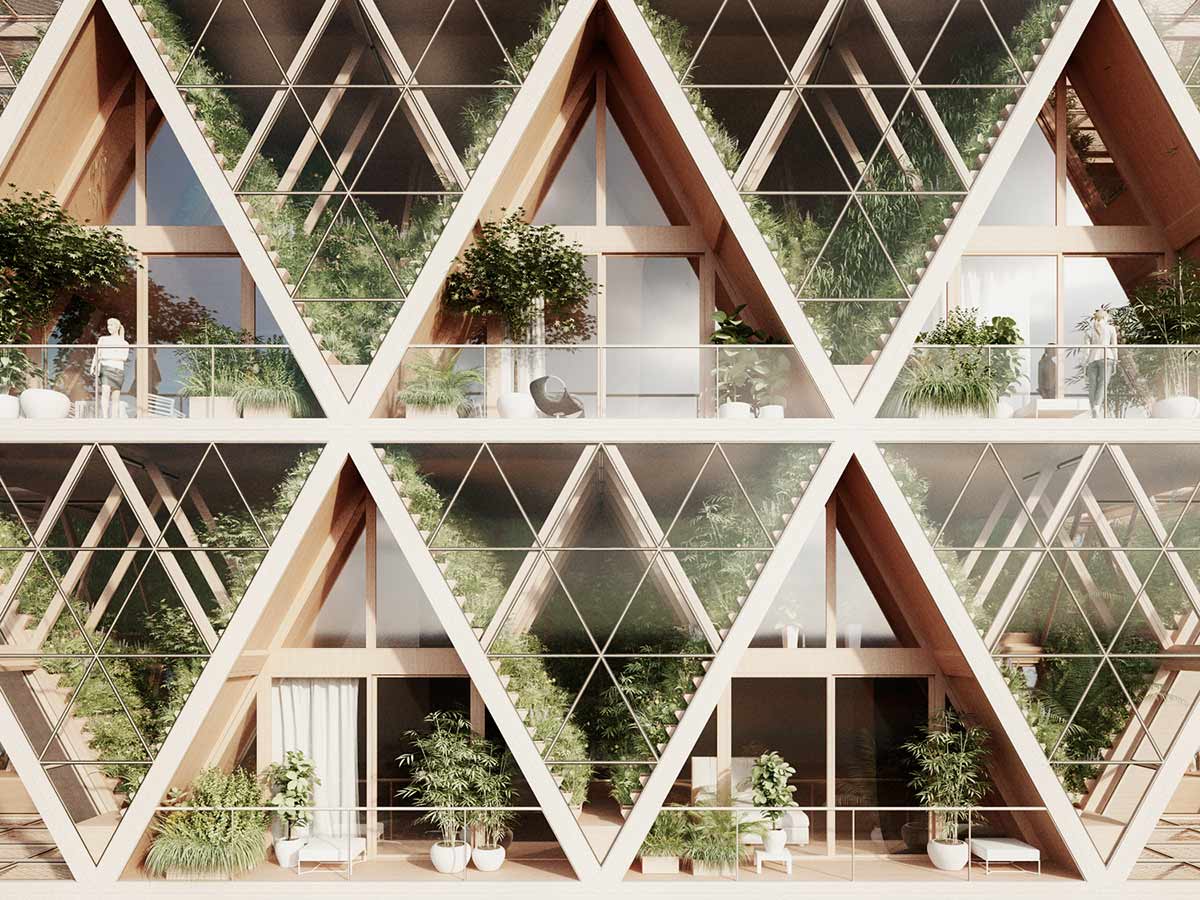
And the heat produced in the building can be used for growing potatoes, nuts and beans, for example. According to the architects, a water-treatment system filters rain- and greywater, enriches it with nutrients and returns it to the greenhouses. Food and organic waste are collected in the building’s cellar, turned into compost, and ultimately reused for the next season.
Timber is the most important building material in the project, as a renewable resource with a considerably smaller ecological footprint than other materials. The individual elements are prefabricated and subsequently assembled on site. Flat-packed building kits shorten construction time, therefore also reducing the effects on people in the neighbourhood. This approach itself consequently achieves even greater sustainability.
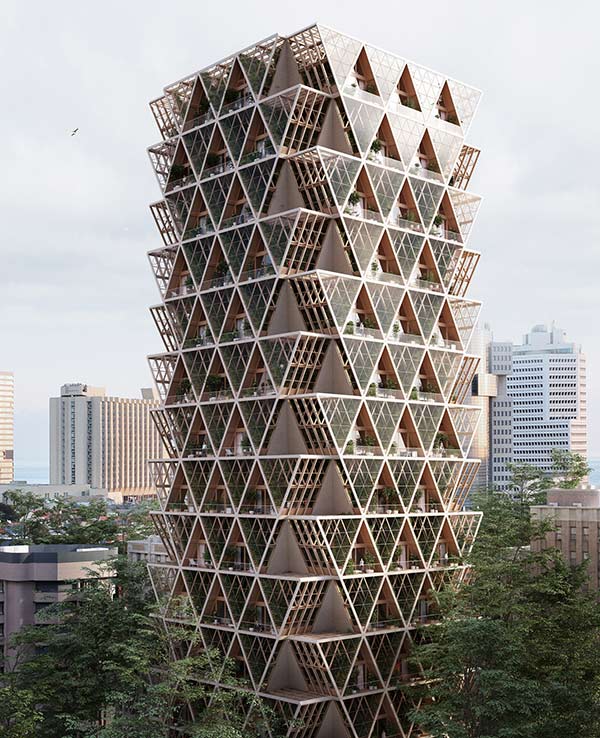
Self-sufficiency and homebuilders
According to the architects, the design of the vertical farms is largely oriented on the DIY movement. The future inhabitants can become not only self-sufficient, but even proper homebuilders. In fact, a catalogue with building technology modules – from solar systems to hydroponics – is on hand to help with planning. Depending on the chosen layout, the owners can construct their tiny house themselves. “Architecture that is home-built with food that is home-grown,” the project description reads.
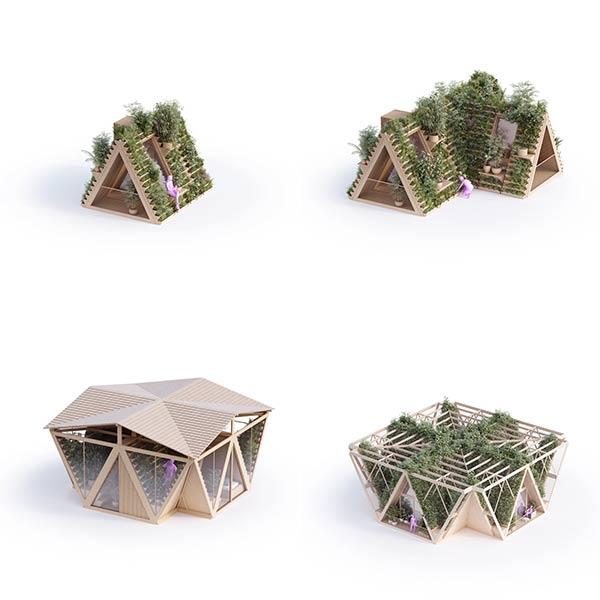
Buildings should be a part of our productive grid and should be able to give back to the surrounding and to the community.
Chris Precht, architect
Architects Studio Precht
The architects Studio Precht, who also received the Architizer A+Award in 2016, see themselves as representatives of a new era of architecture. An era that is moving away from celebrity architects and their eternal pursuit of superlatives. For the architects who have now made their home in Salzburg’s mountains, it is now a new age of authenticity, sharing and collaboration. They passionately believe that “buildings should be a part of our productive grid and should be able to give back to the surrounding and to the community.”
Studio Precht online >>

Text: Gertraud Gerst
Renderings: Studio Precht

